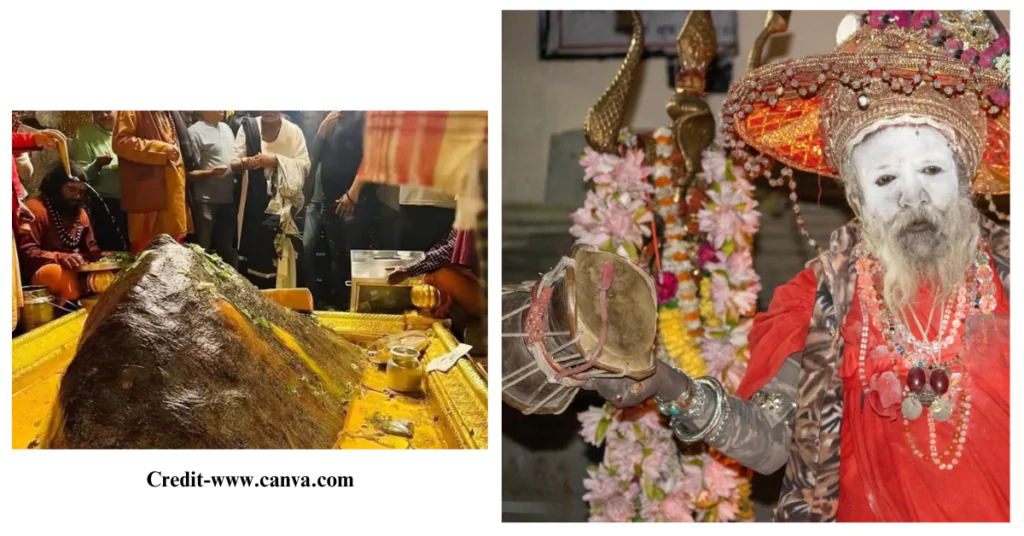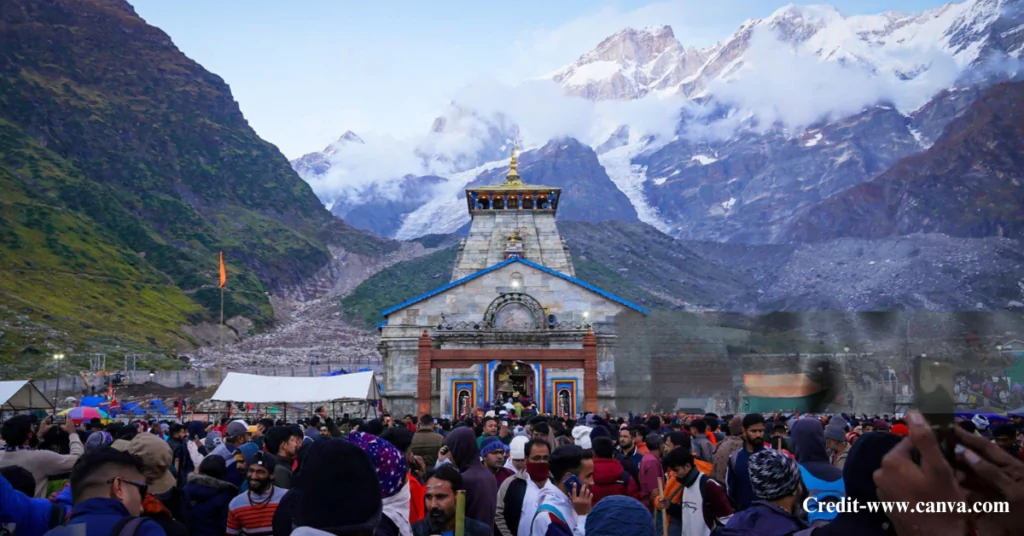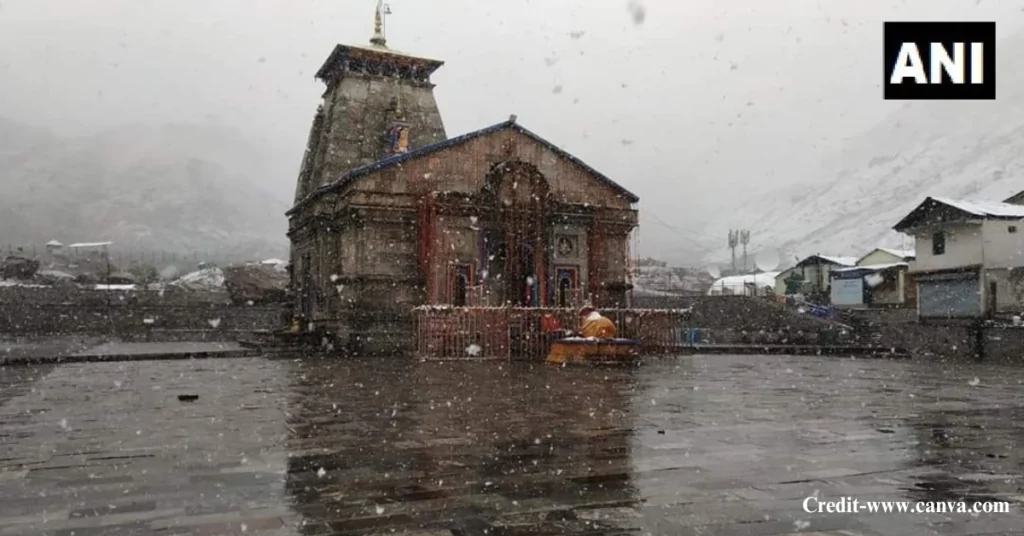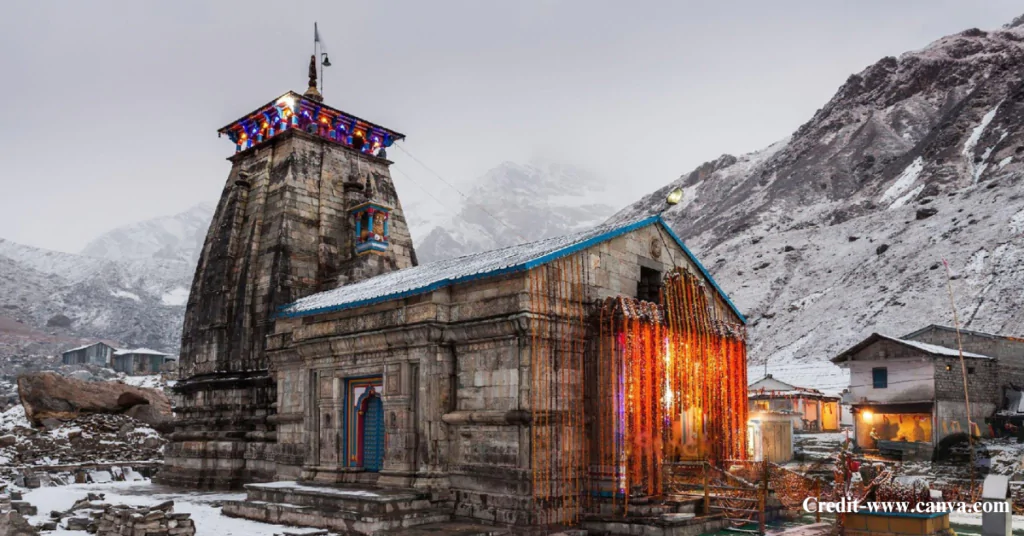Are you on your way to Kedarnath? Choosing the best time to visit Kedarnath is more than just a practical decision— it is a holy place, an adventure of a lifetime, and a combination of both. Set at 3,583 meters in the glorifying Himalayas of Uttarakhand, Kedarnath is accessible only for a certain period of the year, so planning is essential. So when is the best time to visit Kedarnath? How active does the region become during those times, and why are people motivated to visit? Let’s go even deeper into the issue and make it more enjoyable.
Table of Contents
Overview of Kedarnath Yatra

Kedarnath Temple is among India’s Char Dham pilgrimage places and receives thousands of devotees yearly. However, the temple is built at a very high altitude coupled with severe winters, so it remains accessible to worshippers for only about six months, usually from the end of April to the beginning of November. Every season offers its unique charm—here is a breakdown of how each month can be expected to be.
Kedarnath in Different Seasons
Kedarnath in Summer (April - June)

Kedarnath experiences the finest weather during May and June, making these the best months to visit the holy site. The temple generally opens its doors to devotees in late April or early May, during which the climate is pretty pleasant, with a temperature range of 12 to 17 degrees Celsius. Very few clouds in the sky allow for stunning views of the towering mountains—picture hiking in bright, sunny weather minus the rain and with crisp mountain air. May and June are peak seasons; therefore, expect to see many people around, which can be positive since being part of the travel momentum with like-minded people is refreshing.
Tip: Begin your hike at dawn to avoid the unpleasant afternoon heat and have enough time to enjoy the views.
Kedarnath in Monsoon (July - September)

The monsoons set in during July and extend up to September, which makes the valley beautiful, but on the other hand, heavy downpours are expected. For some, the view of a rain-battered Kedarnath, covered in clouds, is particularly enticing. However, one must consider the risks of such epic vistas – landslides and rugged roads are common concerns. Later August and early September may be preferred by those searching for silence and the sound of rain. Just ensure you are ready for the soaked climate.
Safety Tips for Monsoon Travelers:
- Make it a point to check weather predictions to be aware of impending rainfall routinely.
- Dress appropriately for the weather, and ensure you have essential medicines and a local tour guide for your safety.
- Be prepared for setbacks – especially in the mountains; other factors can influence every schedule!
Kedarnath in Autumn (October)
Visiting in October is ideal for those seeking a peaceful trip, as it is often called off-season in the region. The population has cut down, the atmosphere is fresh, and the landscape has a quiet beauty as it gears up for winter. The daytime temperatures are around 5°C, so there will be cold weather, especially during the early and late hours. The temple closes for winter by the middle of October, when aarti is still performed, typically towards mid-November.
Tip: Wear layers and bring warm clothing. Autumn weather is often tricky, with a wide range in temperatures, especially a drastic drop after sunset.
Kedarnath in Winter (November - March)

In winter, the Kedarnath temple is covered in snow and tranquility—but no one can access it. The temple shuts down by the start of November, and until after spring, the region is under snow cover. Only experienced explorers would be dauntless enough to venture into the proximate region, yet the temple shall remain shut even so. For the majority of travelers, winter cannot be traveled within.
Month-by-Month Weather Guide for Kedarnath
Here’s a quick rundown of what to expect in Kedarnath each month:
Here’s a quick rundown of what to expect in Kedarnath each month:
Month | Weather Condition | Recommended? |
April | Chilly, temple reopens | Good |
May – June | Pleasant, best time | Ideal |
July – August | Rainy, risk of landslides | Avoid |
September | Clear, post-monsoon | Good |
October | Cold, manageable | Ideal |
November | Freezing, temple closes | Avoid |
Dec-Mar | Heavy snow inaccessible | Closed |
Ideal Months for Pilgrimage
However, for most pilgrims, the months of May and June are ideal – the conditions are favorable, the shrine remains open, and there is a healthy sense of activity. It’s also a popular month for travel to more remote regions for those who do not wish to mix with large groups and seek a more individualized experience. Selections of pilgrimages: October is another great option, though it is considerably colder, and we will have to recheck the temple’s closing dates. Just don’t forget to keep warm and expect a few hours less sunshine.
Kedarnath Crowd and Peak Season

Kedarnath’s peak tourist season is between May and the month of June. It is the peak season; expect large crowds, long lines, and full boarding houses. However, there is also a certain charm in experiencing the temple in the presence of hundreds of people from different corners of India and the world. By September and October, the influx of people starts to lessen, especially after the rains, making it favorable for observance of a pilgrimage season.
Advice: If you want to travel to Kedarnath in its full glory but with fewer people, consider October. The weather will be colder, so prepare for the temple’s closure dates.
Safety Tips for Visiting Kedarnath in Monsoon
The 16 kilometers needed to be covered from Gaurikund to Kedarnath is no walk in the park. Therefore, some advice shall prove helpful as follows:
- Commence the Journey Early In The Morning: Mornings have cooler temperatures, and one can use most of the day for the ascent.
- Dress in Warm Clothing: Conditions may change suddenly, so pack removable or add-on clothing.
- Drink Water: Since altitude leads to fluid loss, taking sips of water at intervals, even in the absence of thirst, is advisable.
- Rest: There is a vertical rise, so taking rests at intervals will avoid altitude sickness.
Accommodation and Facilities Around Kedarnath
Accommodation facilities are very minimal near Kedarnath. There are a few guest houses in Sonprayag and Gaurikund and a few economy lodges close to the temple. It is advisable to reserve accommodations well in advance, especially during peak periods, as the movement of visitors can make it challenging to get a place even for one night. Simple facilities can be expected, although the kindly nature of the locals makes up for it.
Final Thoughts
Kedarnath is not simply a destination but a journey that one undertakes in one’s heart. There is summer, which is replete with tourists, and winter, which is silent and peaceful, but every season has distinct offerings. You will also have an experience that nourishes the Captain in you and the Captain a’la Sensory Ways. May to June are full of warmth and positivity, and October is a time for self-reflection and quietness. Take heartfelt steps in the journey and bless you; Kedarnath will harness the beauty and wonder within you.

